geodesic co-ordinates
Structural influence of the geometry of masonry Vaults: Brick tiling patterns for compression shells using geodesic coordinates
Emil Adiels
Department of Applied Mechanics Division of Material and Computational Mechanics Chalmers University of Technology Gothenburg, Sweden
In this thesis, we propose a strategy for generating patterns for brick laying on compression free-form shells. The strategy is based on geodesic coordinates which guarantees an equal length between its coordinates curves, which for brickwork means an equal spacing between the bed joints.
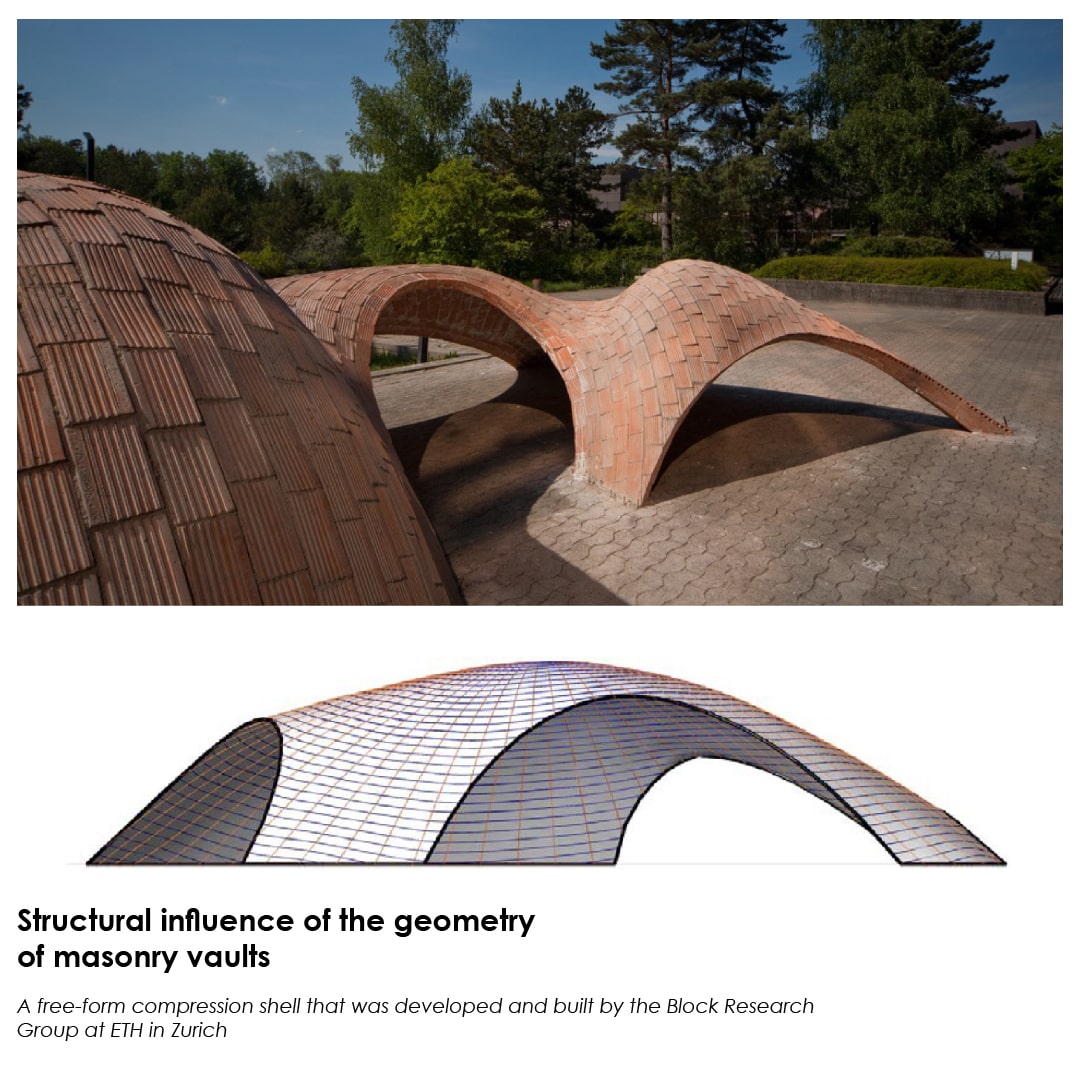 The implementation is done for polar geodesic coordinates using dynamic relaxation. The procedure is implemented in a parametric design framework and evaluated on a test case.
The implementation is done for polar geodesic coordinates using dynamic relaxation. The procedure is implemented in a parametric design framework and evaluated on a test case.
Our study revealed that the proposed strategy has potential of contributing in the design of complex brick shells and also being a piece in the puzzle of understanding patterns of historical vaults.
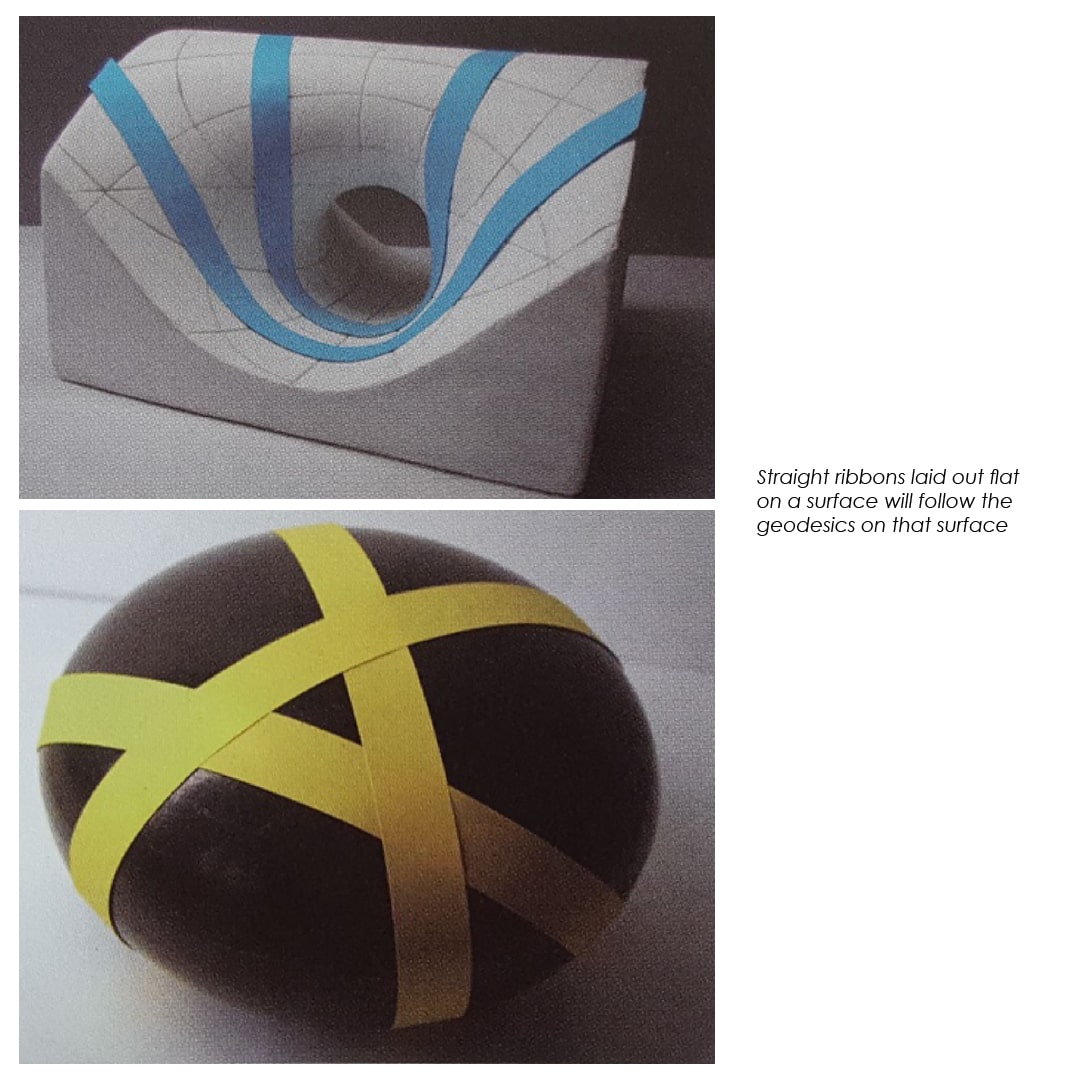 For a long time, bricks have been used in construction of vaults and shells in architecture. In history the shapes of the shells have been a selected few and often based on rotational surfaces and intersection between those.
For a long time, bricks have been used in construction of vaults and shells in architecture. In history the shapes of the shells have been a selected few and often based on rotational surfaces and intersection between those.
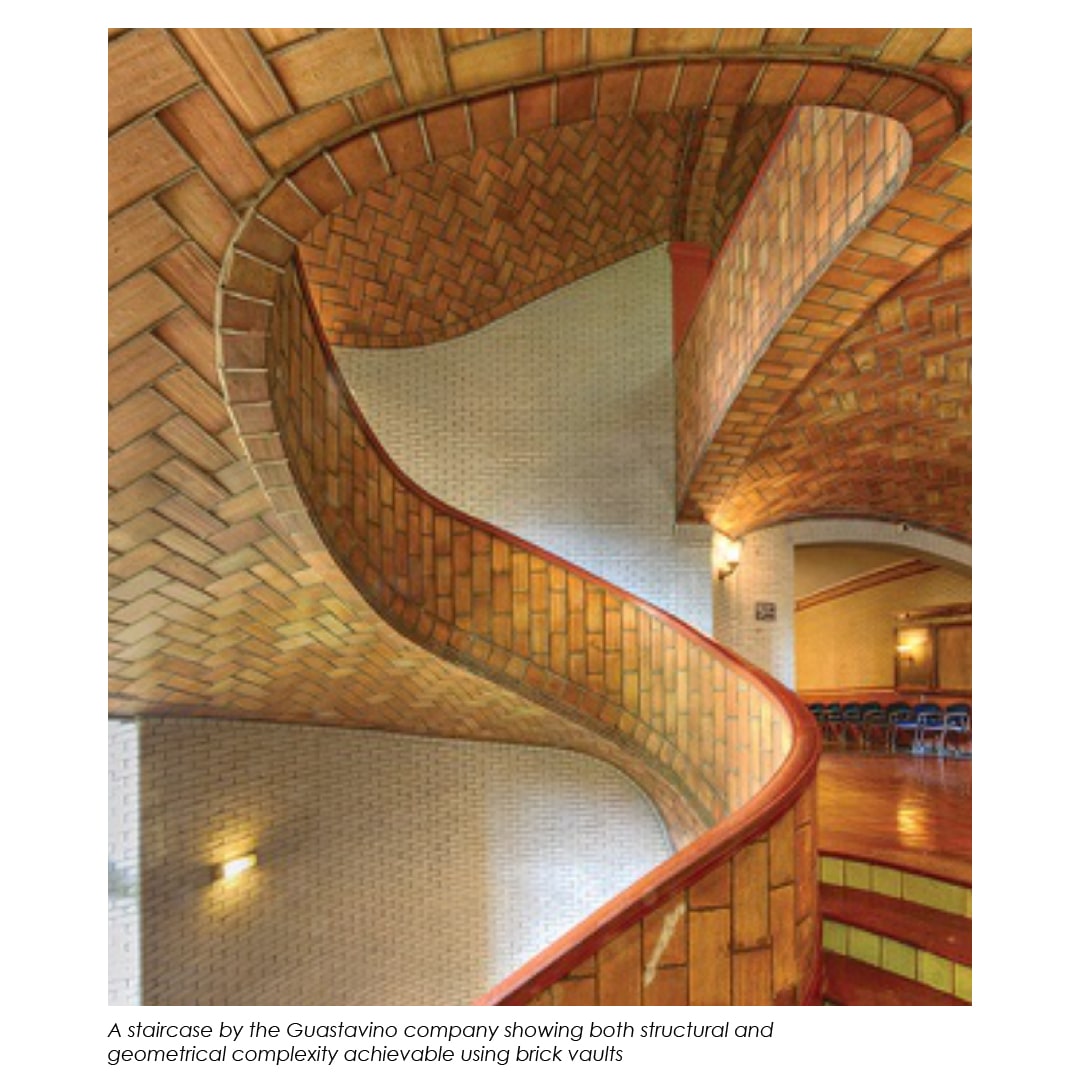 With time methods for generating more structurally optimal shapes have been developed. These can be more mathematically complex and also individual between projects.
With time methods for generating more structurally optimal shapes have been developed. These can be more mathematically complex and also individual between projects.
The concept of brick constructions is based on the modular manufacturing of bricks. The standardized building system is viable due to the applicable paste, mortar, which fills gaps and connects bricks.
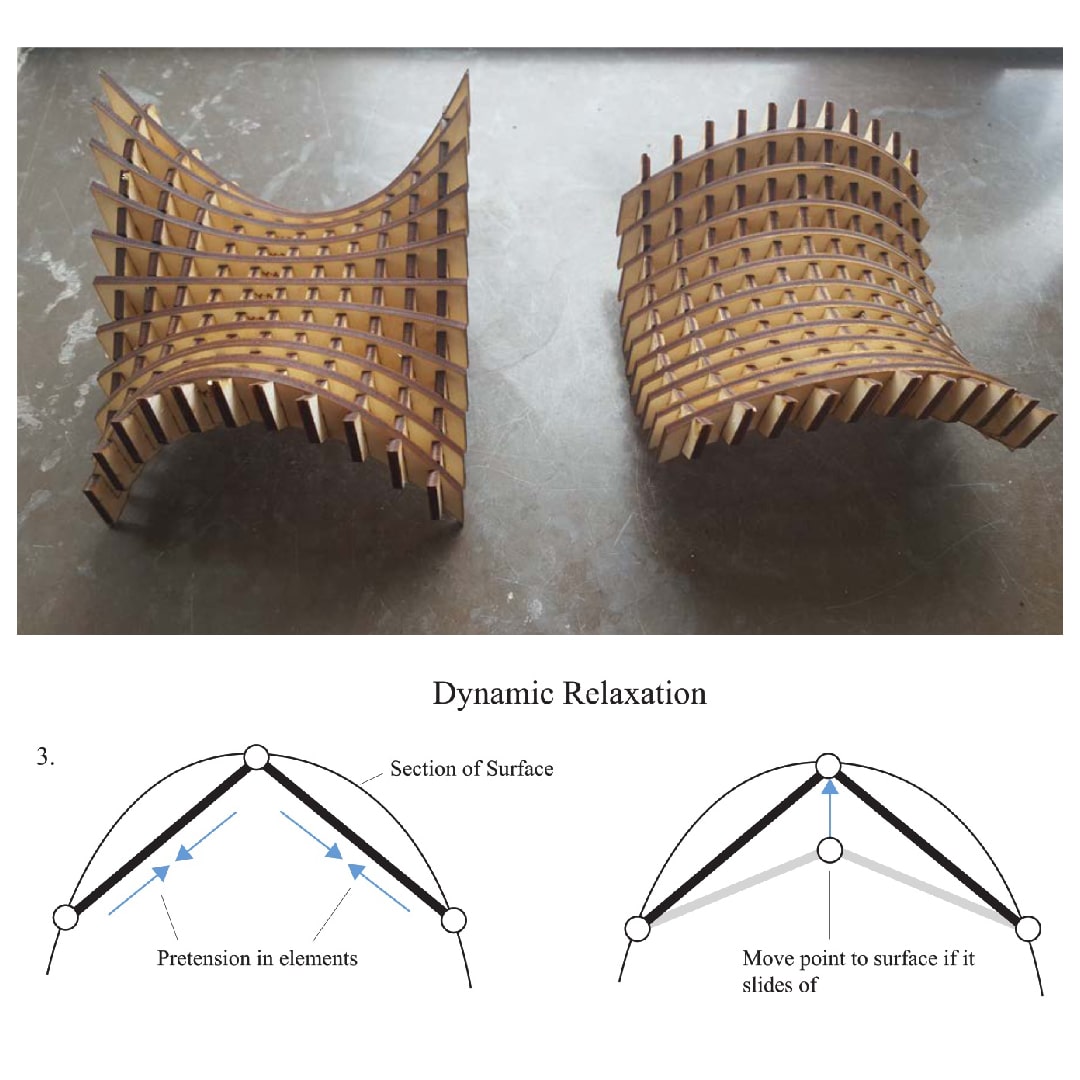 The complex nature associated with shells makes construction methods, structural theory and tessellation complicated.
The complex nature associated with shells makes construction methods, structural theory and tessellation complicated.
This section will give an introduction and contextual orientation in the subject of brick shells. It will cover different aspects of brick shells such as traditional crafts, development of shells, form finding and geometry, and in the end defining the area and question of research.
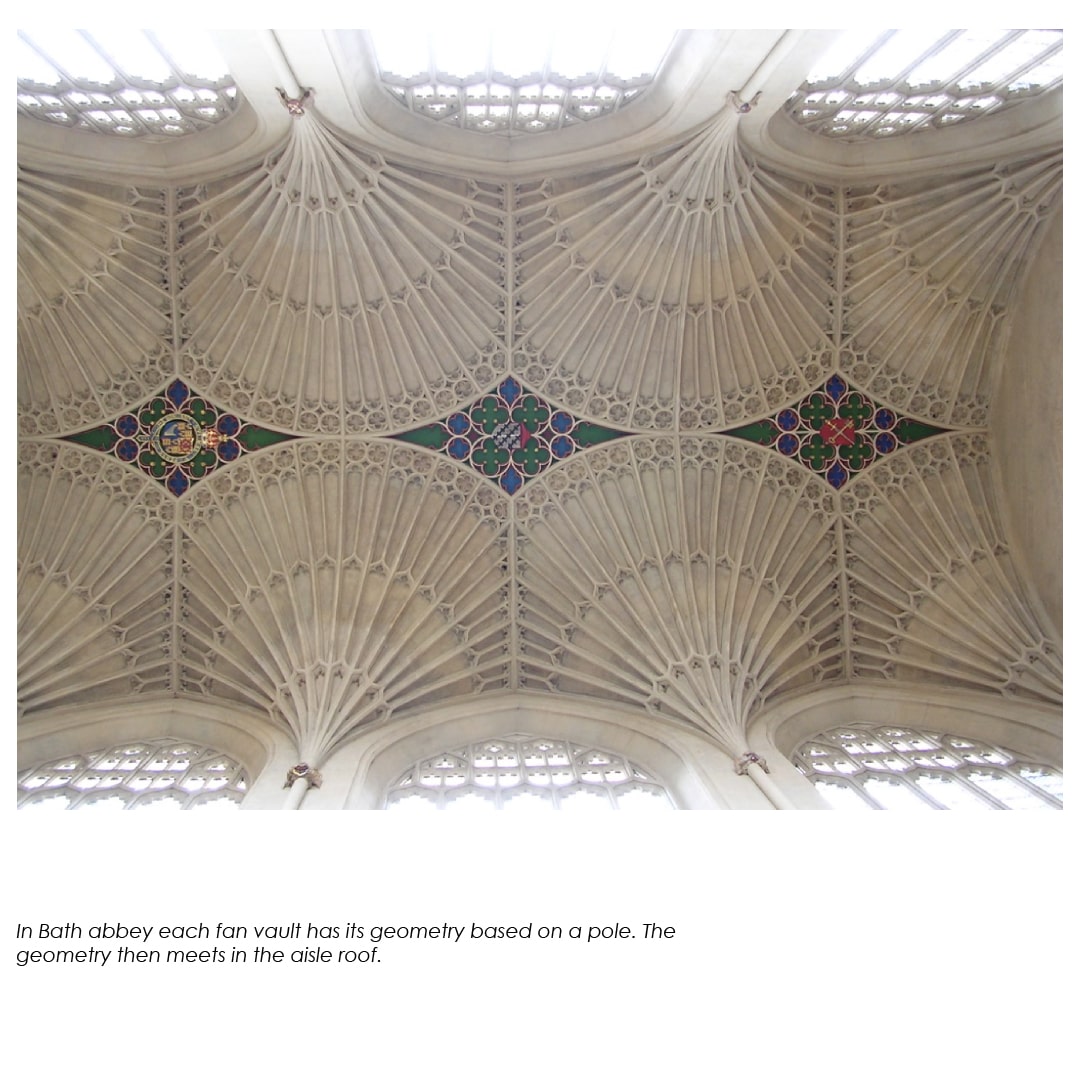 Brick structures consists of bricks that are either stacked or glued together using mortar forming an almost weaved structure.
Brick structures consists of bricks that are either stacked or glued together using mortar forming an almost weaved structure.
Bricks are artificial stones that are made of heated clay and formed into specific cuboid formats. Depending on fabricating technique the bricks form either a perfect cuboid or can become more or less distorted.
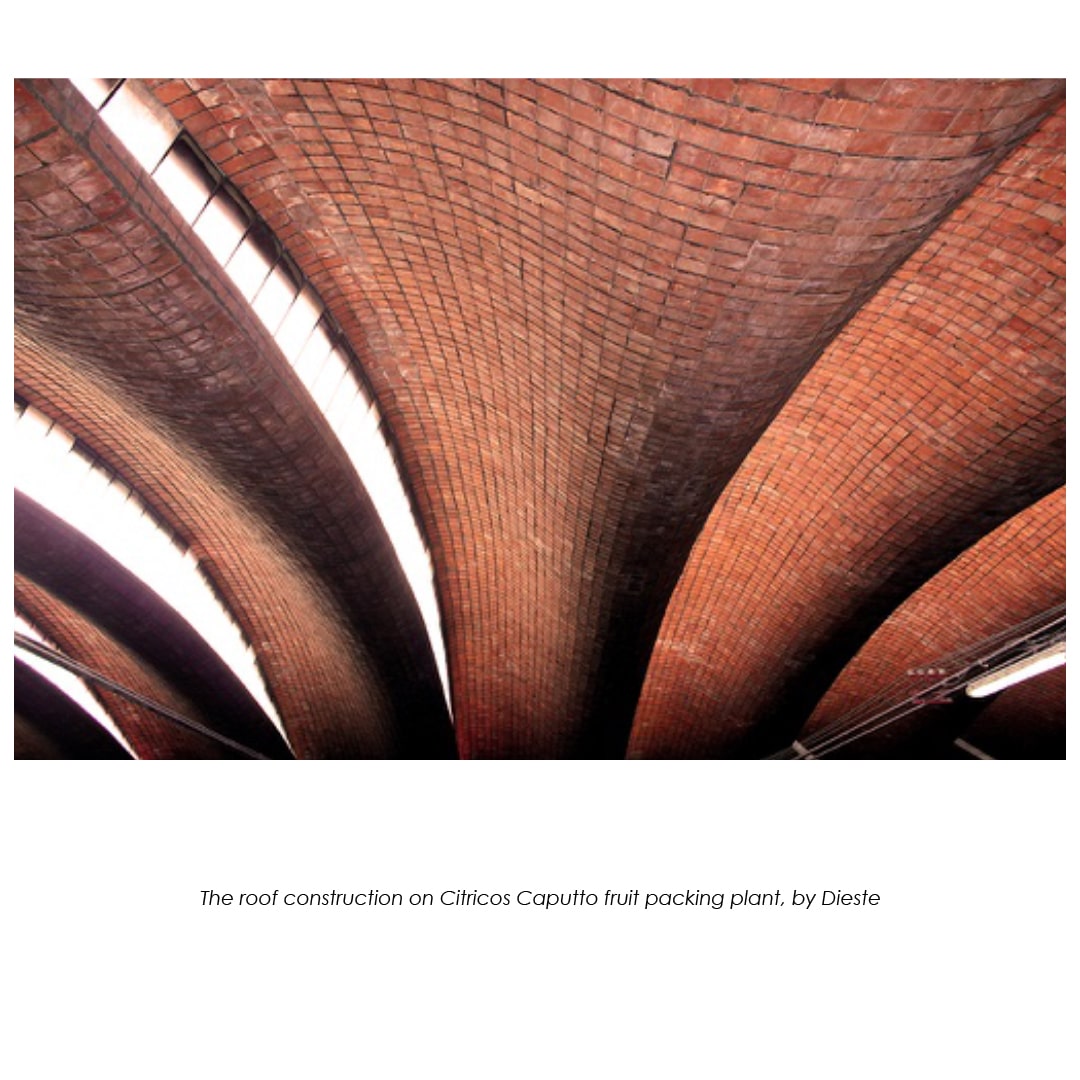 The mortar, which initially is a fluid paste, makes it possible to not only connect the bricks but also compensate differences and evenly distribute the stresses between the bricks.
The mortar, which initially is a fluid paste, makes it possible to not only connect the bricks but also compensate differences and evenly distribute the stresses between the bricks.
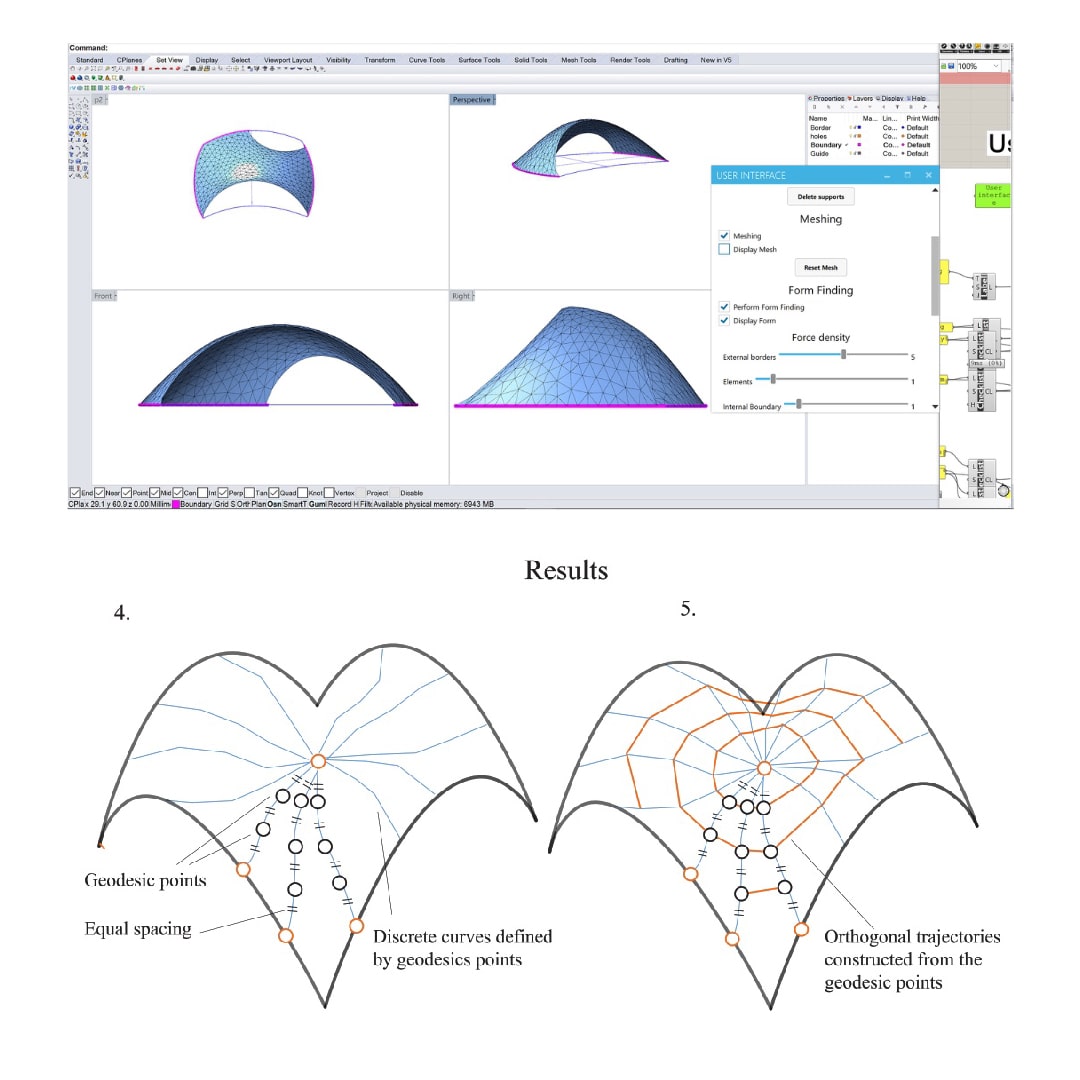 This makes it possible to reach a high level of originality between the elements but still be a modular fabrication concept. So even though the format and repetition is one of the key features bricks also contains significant materiality and uniqueness.
This makes it possible to reach a high level of originality between the elements but still be a modular fabrication concept. So even though the format and repetition is one of the key features bricks also contains significant materiality and uniqueness.
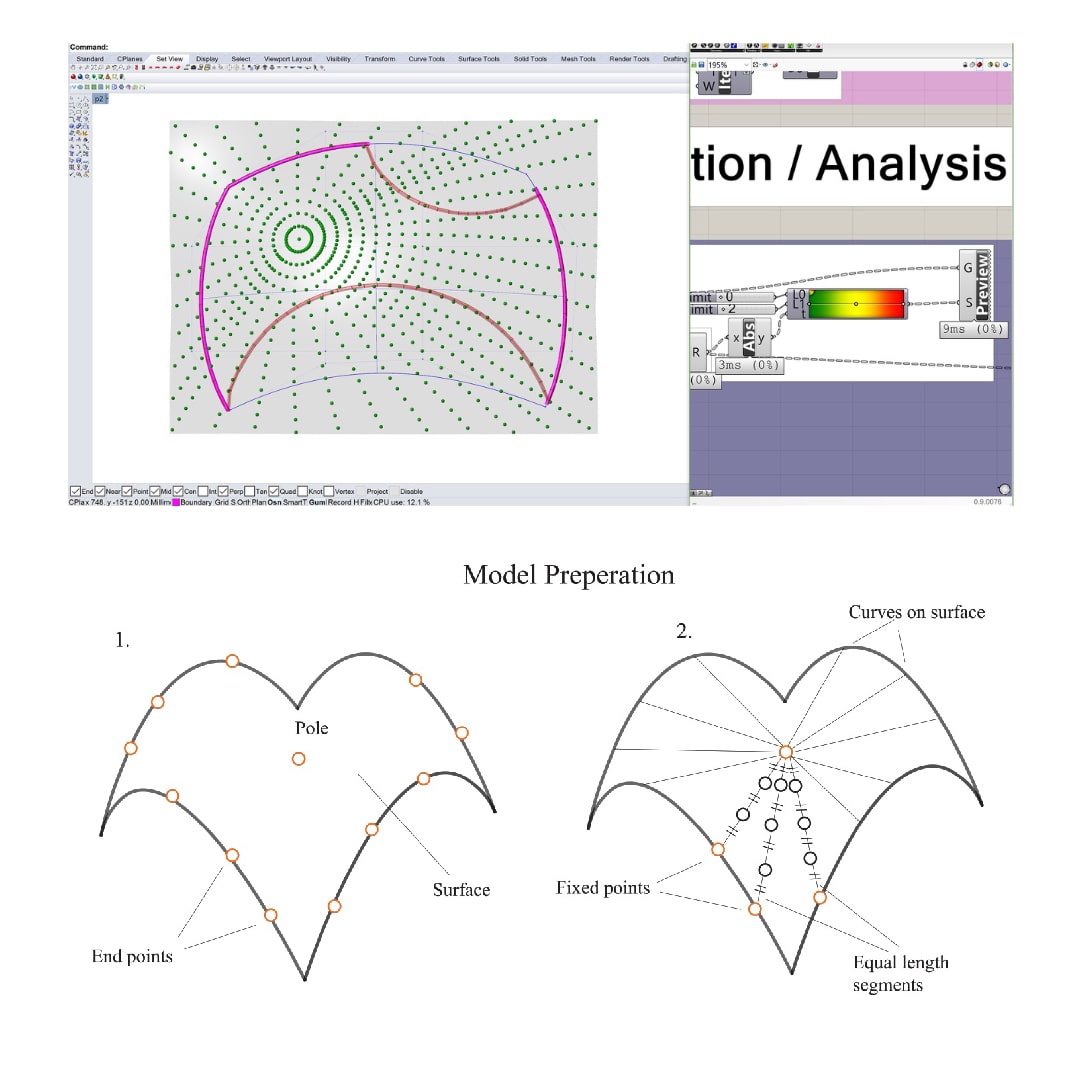




























Comments